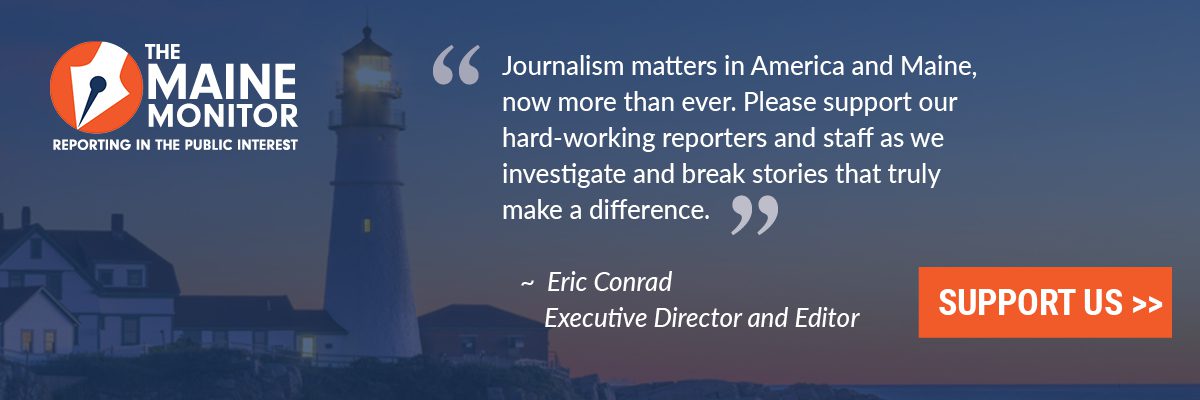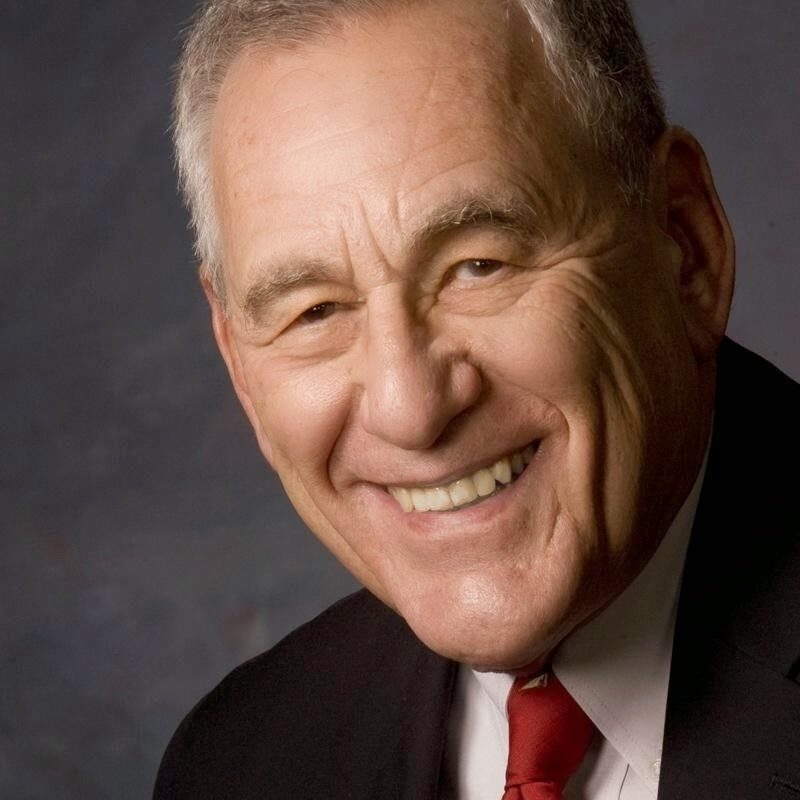If you pay the electric bill, you’re in for a shock.
In the electric business, it’s called “rate shock” and it occurs when rates suddenly increase to the point where some customers can’t pay their bills.
It’s here now. The electric business makes sure the companies that provide the fuel, produce the power and own the wires are fully compensated. The system passes the buck and the buck stops with the customer.
Rates increase. The reasons why reveal the anatomy of inflation.
Can’t regulators protect customers? That’s the theory, but it doesn’t work, because the game is rigged. An unjustified belief that the free market will set prices fairly plus well-meaning government policies that pile costs onto customers make it difficult for people to pay their bills.
Sometimes the upward pressure on power and wires costs come together, beyond the control of regulators. Oil and gas companies, renewable energy promoters, electric utilities and legislators can all make that happen. With only limited representation, customers can’t stop it.
This is not only a local issue. To be sure, Maine’s monthly bills are shooting up by about $40 and they will soar elsewhere in the U.S. The problem is worldwide. In England, they are forecast to climb by 56 percent.
This wasn’t supposed to happen. The industry was partly deregulated. As a result, the cost of power was expected to decrease thanks to competition. The cost of the wires, then the smaller part of the bill, would remain under federal and state regulation.
The cost of fuel used for generating power would continue to be set by the market. That market is under the control of the fuel producers, mainly located in the Middle East, like Saudi Arabia, or in the American Southwest. They try to charge all the customers can bear. Flip a switch and you’re boosting their income.
The current price jump is mainly due to an increase in the cost of fuel. There may not be enough natural gas to meet demand. A hot summer meant natural gas that would have gone into storage for winter went to power air conditioners.
Also, the U.S. exports natural gas. Since we prefer to have Europe depend on American rather than Russian supplies, which comes at a cost to U.S. customers, some of our winter gas goes overseas. In a world market, other participants naturally jump on the upward price spiral.
The results could be serious. With inadequate gas supplies, New England, where half the power is fueled by natural gas, faces possible rolling blackouts. Nobody realized that regional energy policy was really set by the natural gas companies.
Renewable power sources like wind, solar, and hydro plus nuclear offer more price stability, but they face opposition claiming they are unreliable, harm fish passage or spread radiation risk. Even as the costs of non-fossil resources have fallen, bringing increased reliability and safety, they still struggle to gain against subsidized coal, oil and gas.
New transmission, at a price
Part of the problem for renewables is the cost of transmission lines. The resources are often sited far from main customer centers. That means new lines must be built. When government mandates more use of wind and solar, it silently raises rates to cover the cost of new lines.
Maybe not so silently. The federal government favors renewables by offering transmission owners handsome profits on their investments. State regulators allow lower profits for the distribution lines that deliver power locally. No wonder utilities prefer to build high voltage lines and let residential service suffer.
An alliance has developed between the federal and state governments that adopt pro-renewables policies and the transmission owners who can increase their gains by building new lines. The costs fall on most customers.
The biggest customers enjoy advantages that other customers don’t get. They receive their power at high voltage and contribute little or nothing to the cost of distribution. They are strong enough to make their own favorable deals with power suppliers.
Fuel costs, new transmission lines linked to new renewables, and better deals for bigger customers affect rates. Electric rates also include aid for lower income customers and the costs of regulation. Electric utilities may even recover from customers their legal costs in arguing for rate increases.
Federal and state lawmakers have the power to improve this system. When governments mandate policies, they should provide financial backing for their decisions. They could beef up consumer representation like the Public Advocate. Instead, they include some costs in rates that should be covered by taxes. It is easy to let customers pay more, promoting inflation.
There are a couple of positive signs. President Biden’s proposed investment in new transmission would come from taxpayers, and utilities could not earn a profit on it.
And consumer-owned public power, which serves 28 percent of the national market from Los Angeles to Houlton, is non-profit. Its rates are lower.





